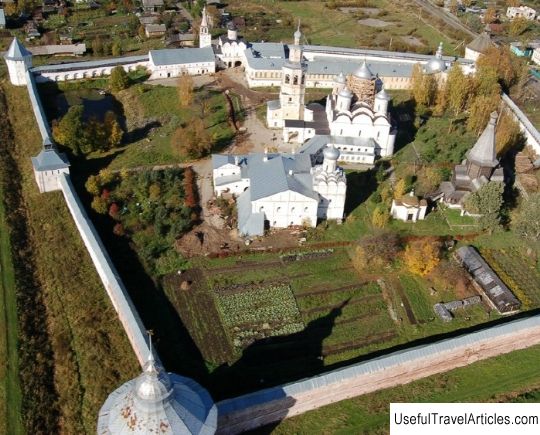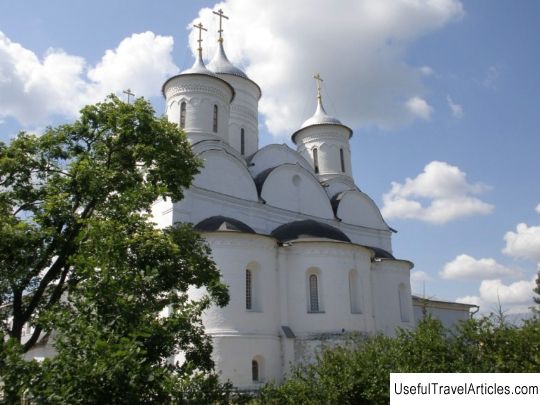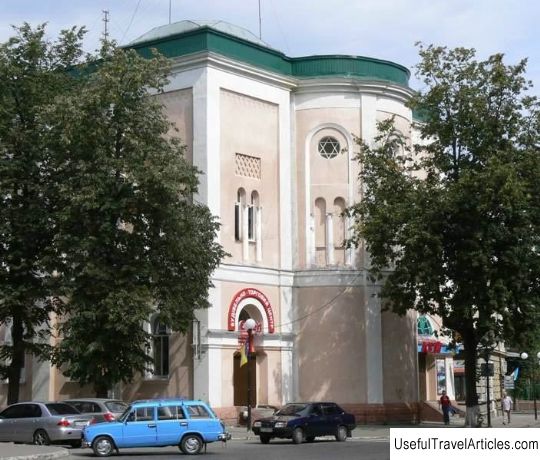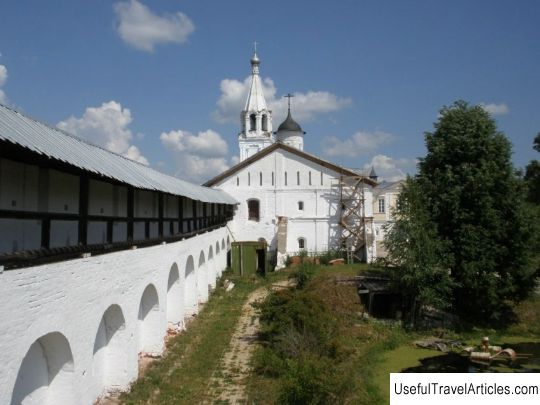Assumption Church of the Spaso-Prilutsky Monastery description and photos - Russia - North-West: Vologda
Rating: 8,1/10 (641 votes) 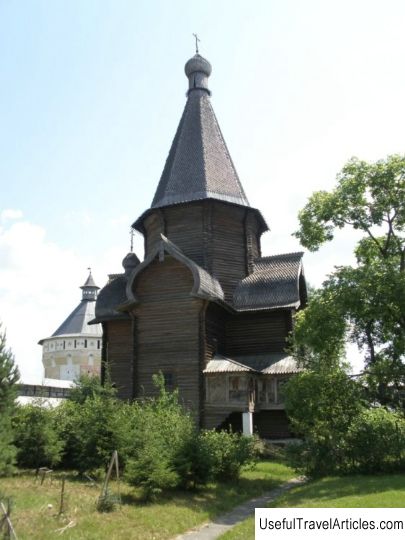
Assumption Church of the Spaso-Prilutsky Monastery description and photos - Russia - North-West: Vologda. Detailed information about the attraction. Description, photos and a map showing the nearest significant objects. Photo and descriptionThe tent wooden church of the Assumption in 1962 was transported to the Spaso-Prilutsky monastery from the closed Alexander-Kushtsky monastery. During this time, the church was restored and completely freed from the plank sheathing. The Assumption Church is considered to be the oldest hipped-roof church made of wood and preserved to this day. The founding of the Alexander-Kushtsky monastery took place in 1420 with the assistance of the monk Alexander from the Spaso-Kamenny monastery, located near the Kubenskoye lake. Invaluable support in the founding of the church was provided by Prince Dmitry Vasilyevich, who had at his disposal the Zaozerskaya patrimony near the Kubenskoye lake. It was he who gave letters of commendation to some villages. Boyar Vasily also had a hand in the construction of the temple, who generously donated the village of Kolyabino. After the death of Prince Dmitry Vasilyevich, Princess Maria handed over the altar Gospel and icons to the new church, continuing to carry out charitable activities in relation to the Assumption Church. When the Monk Alexander turned 68 (June 9, 1439), he reposed and was buried in the monastery, which he himself founded. A year later, a small mountain ash tree grew over the grave of Alexander. During the feast of the Assumption of the Blessed Virgin Mary, a huge number of pilgrims flocked to the wooden monastery. It is known that a boy named Matthew, for the sake of a joke, decided to break off a branch from a mountain ash tree, and his hand immediately swelled. As soon as the boy's parents understood the cause of the illness, they immediately brought the child to the grave of the Monk Alexander of Kushtsky and, having prayed for their son, immediately received healing for their son. Since that time, many people began to believe in the healing properties of the tree and picked rowan berries. The relics of Alexander found rest hidden in the chapel named in his honor. In the manuscript life of the Monk Alexander, there are records of numerous miracles that took place at his burial. The monk was especially famous for his miraculous power in healing the sick, who were possessed by various kinds of mental illnesses. In the church, built according to the will of the abbot, many people saw Alexander with Saint Nicholas entering the church and praying. In 1519, the wooden church was badly burned out, but was soon rebuilt with the churches of St. Nicholas the Wonderworker and the Church of the Assumption. In 1764, the monastery was abolished and many years later, in 1833, it was restored again and was immediately assigned to the Spaso-Kamenny monastery. At the beginning of the 20th century, there were two churches in the monastery: a wooden church in honor of the Assumption of the Most Holy Theotokos and a two-story church, the upper floor of which is lit in the name of St. Alexander, and the first floor in the name of St. Nicholas the Wonderworker. As mentioned, the Assumption Church was built immediately after the fire of 1519. At the heart of the temple building is a high cross-sectional frame, above the central part of which there is a powerful octagon with an extension upward. The church is crowned with four drums, one of which is illuminated, and bears large onion domes decorated with arcatures. On the western side, the temple is surrounded by a gallery located on consoles. The cross sleeves end in the form of a roof of barrels, which reliably supports the general architectonics of the Assumption Church striving upward. The appearance of the Assumption Church resembles an ordinary parish church rather than a monastery cathedral. The architectural component of the church is based on the ancient architectural traditions of the 16th century. The largest part of the building is made in the form of a cube. As for the decor of the external facades, we can say that it is done rather sparingly: flat blades, completely simple and ordinary cornices, and window frames are made of rollers. In the 1960s, the Church of the Assumption of the Blessed Virgin Mary was transported to the Spaso-Prilutsky Monastery. At the moment, the church is not used for worship.         We also recommend reading Pokrovskaya (Mazarakievskaya) church description and photos - Moldova: Chisinau Topic: Assumption Church of the Spaso-Prilutsky Monastery description and photos - Russia - North-West: Vologda. |
